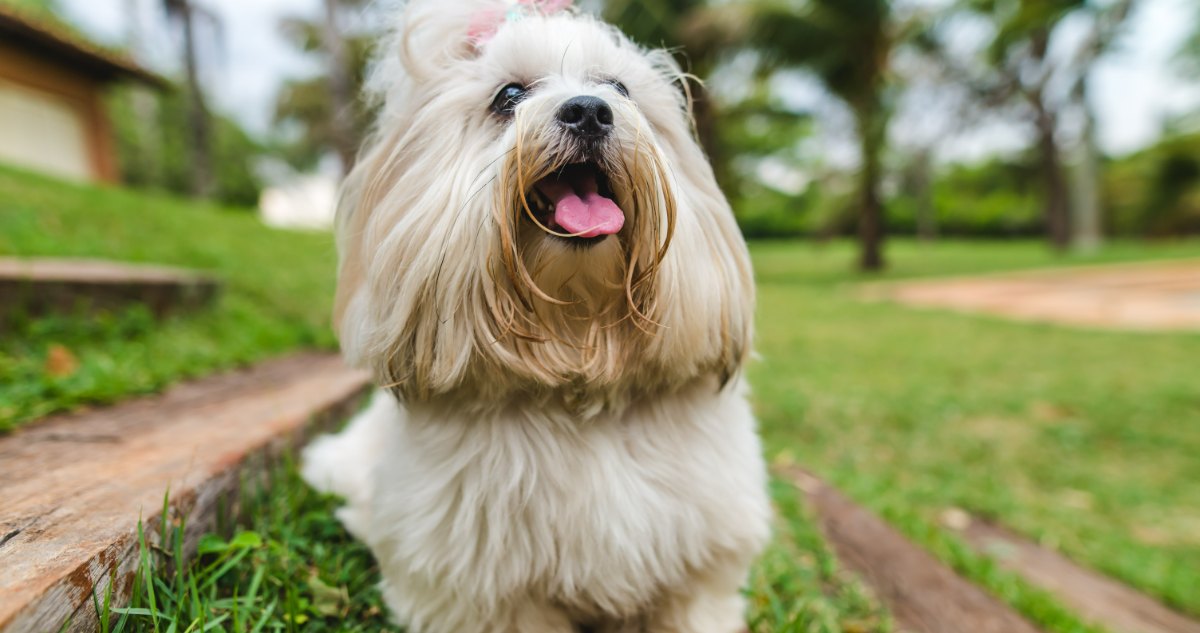
Throughout history, dogs have played essential roles in the lives of monarchs, aristocrats, and noble families. These loyal companions were cherished for their affectionate nature and as symbols of wealth, power, and status. Certain breeds, especially favored by royal courts and noble households, were bred for their elegance, grace, and loyalty. Some served practical purposes like hunting or guarding, while others were kept purely for companionship. Their presence in these elite circles highlights the deep bond between dogs and the aristocracy throughout centuries.
Pekingese
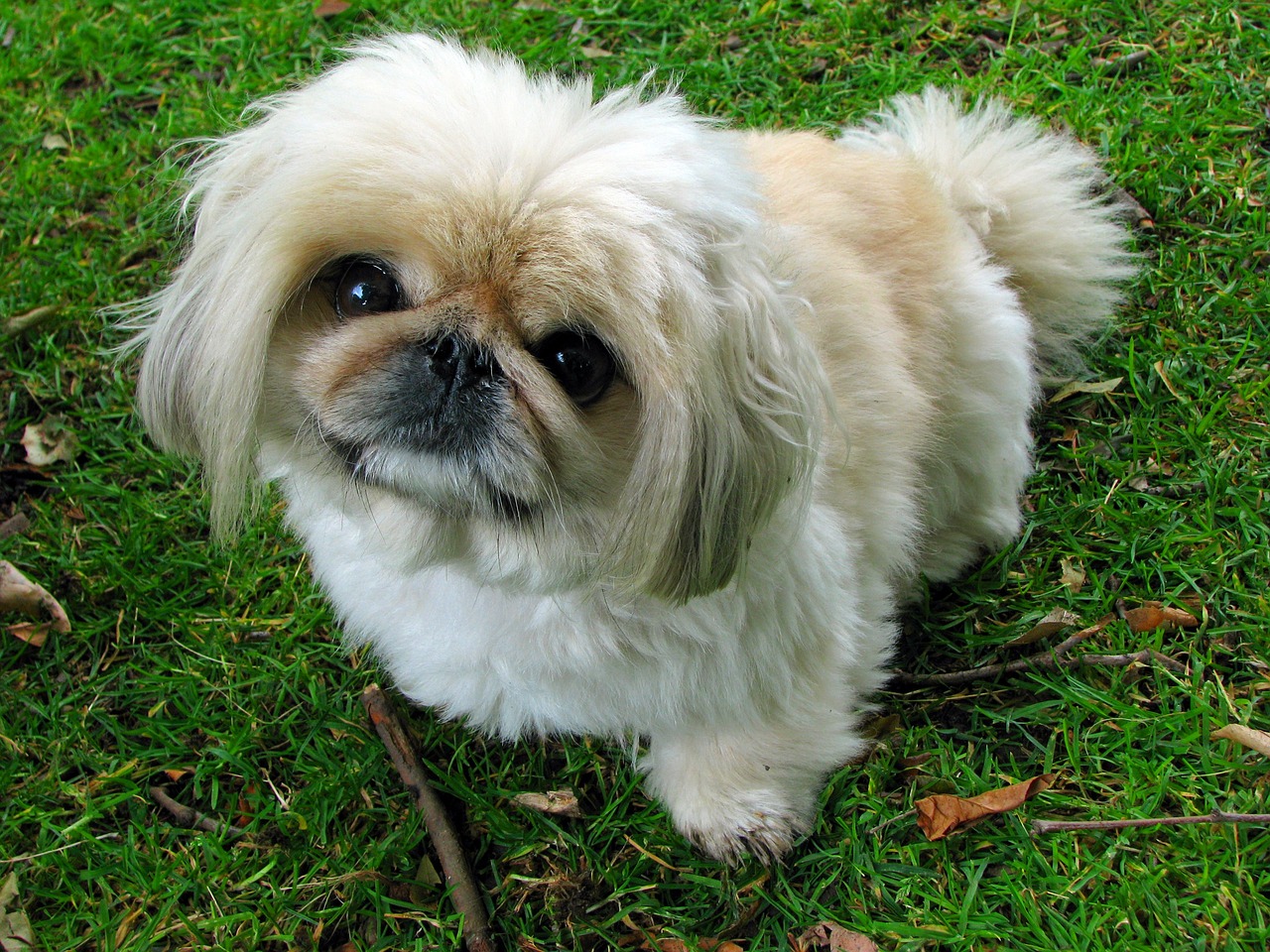
The Pekingese has a rich history tied to Chinese royalty, dating back over 2,000 years. These small, lion-like dogs were bred to resemble the mythical Chinese guardian lions and were considered sacred in ancient China. Pekingese were exclusively owned by members of the Chinese imperial family, and stealing or harming one was punishable by death. Bred for companionship, Pekingese were often pampered and carried in the sleeves of robes worn by Chinese nobles. Their dignified appearance and aloof yet affectionate nature made them a perfect match for the grandeur of the imperial court. Even today, their royal heritage shines through in their confident demeanor.
King Charles Spaniel
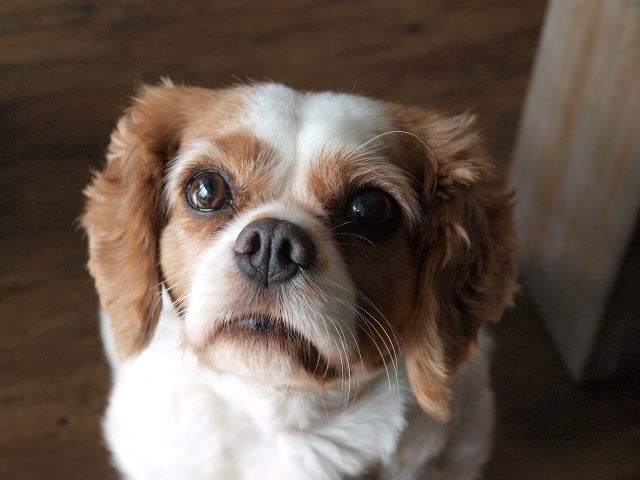
As the name suggests, the King Charles Spaniel has deep ties to English royalty. This breed gained popularity during the reign of King Charles II of England, who was famously devoted to his spaniels. It is said that King Charles rarely went anywhere without his beloved dogs and even issued a royal decree allowing them into any public building, including the House of Parliament. The aristocracy cherished King Charles Spaniels as lap dogs for their affectionate and gentle nature. Their royal lineage and role as companions to the English nobility helped cement their status as one of the most revered breeds of their time.
Saluki
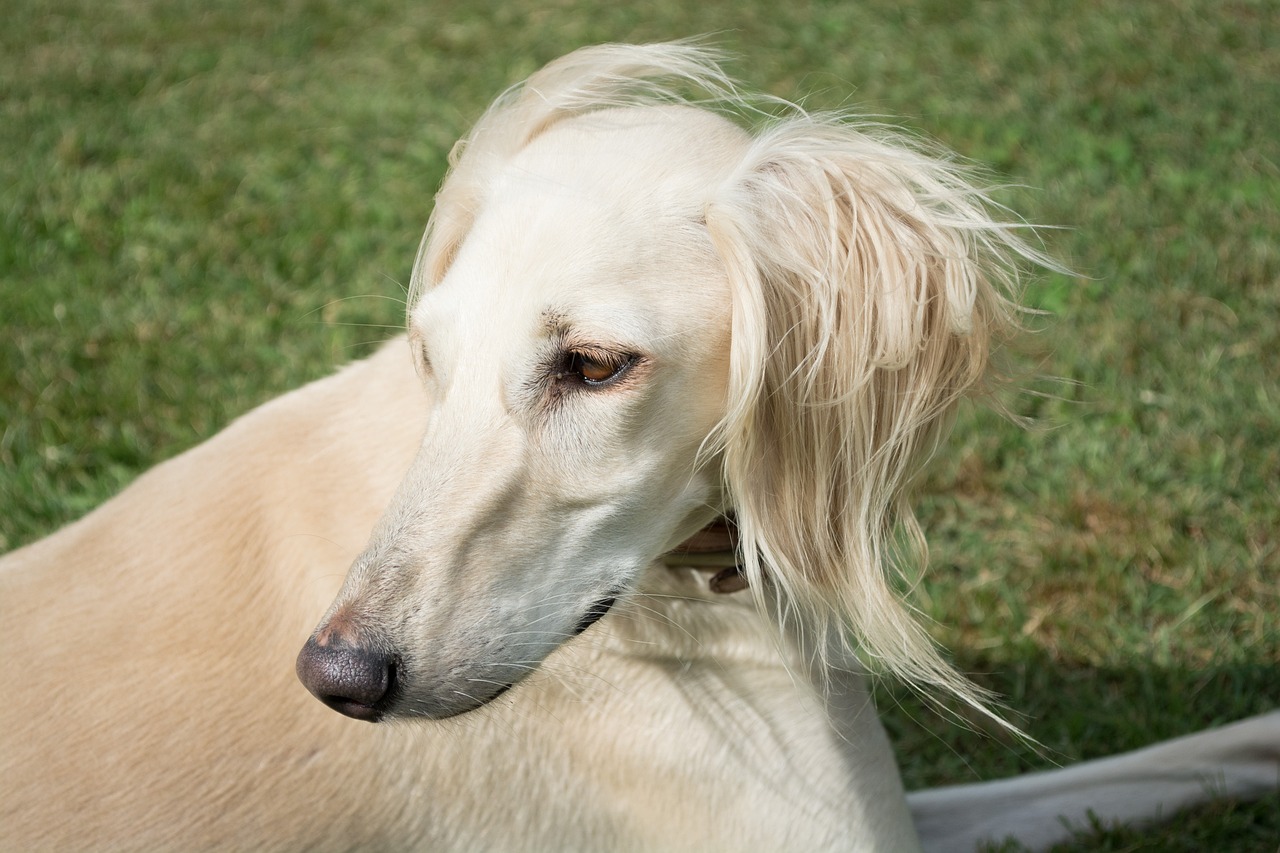
The Saluki is one of the oldest known dog breeds, with depictions of them found in ancient Egyptian tombs dating back over 4,000 years. Salukis were highly prized by Egyptian pharaohs and noblemen for their speed, grace, and hunting prowess. Revered as “the royal dog of Egypt,” they were often mummified alongside their owners and given a place of honor in Egyptian society. The breed’s sleek appearance and regal bearing also made it a favorite among the nobility in the Middle East. Salukis were known for their ability to hunt game, but their graceful elegance earned them a place in palaces and noble courts.
Lhasa Apso
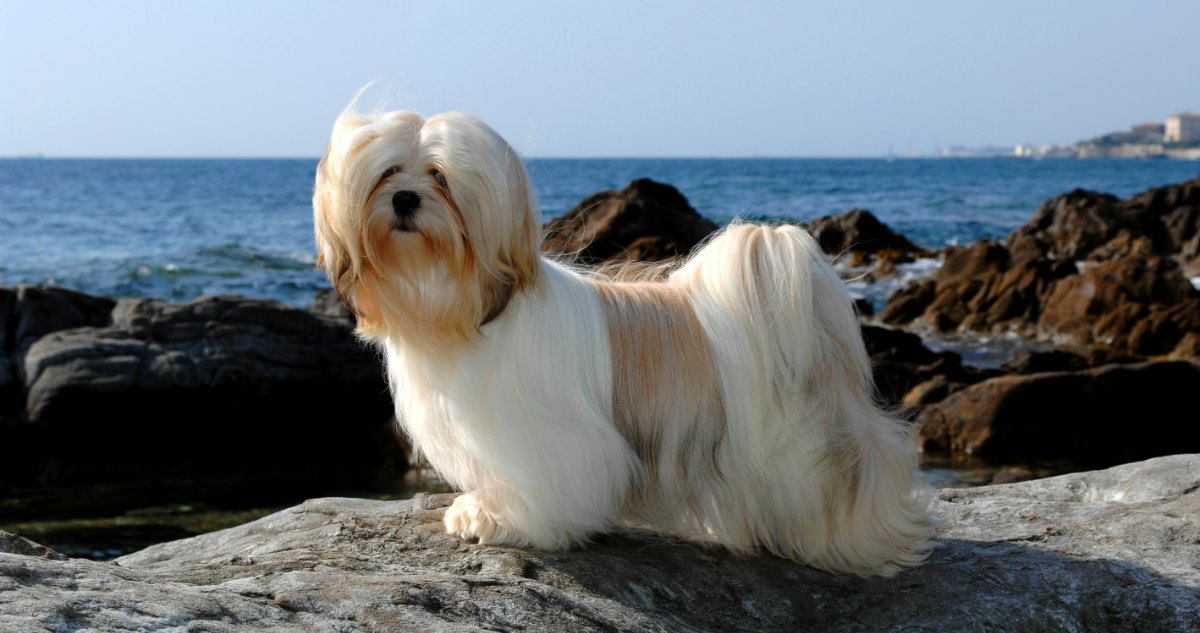
The Lhasa Apso hails from Tibet, where it was bred by Tibetan monks and nobles as a watchdog and companion. These small, sturdy dogs were often found in monasteries and noble households, where they were considered sacred and were believed to bring good fortune. In Tibetan society, Lhasa Apsos were treated with great respect and were rarely given away—if they were, it was considered the highest honor. Their thick, flowing coats and regal air made them suitable companions for Tibetan royalty and the Dalai Lama. Their noble lineage and spiritual significance continue to be celebrated by enthusiasts of the breed today.
Cavalier King Charles Spaniel

The Cavalier King Charles Spaniel is a modern counterpart to the King Charles Spaniel, originating in 17th-century England. Bred to be lapdogs for aristocrats and royals, noblewomen favored Cavaliers for their affectionate and gentle temperament. Queen Victoria was known to have adored this breed, and their popularity among the British upper class only grew from there. Cavaliers were often painted alongside their royal owners, symbolizing loyalty and affection. The breed’s connection to English royalty and their regal bearing make them a quintessential lapdog with a rich history of nobility.
Pharaoh Hound
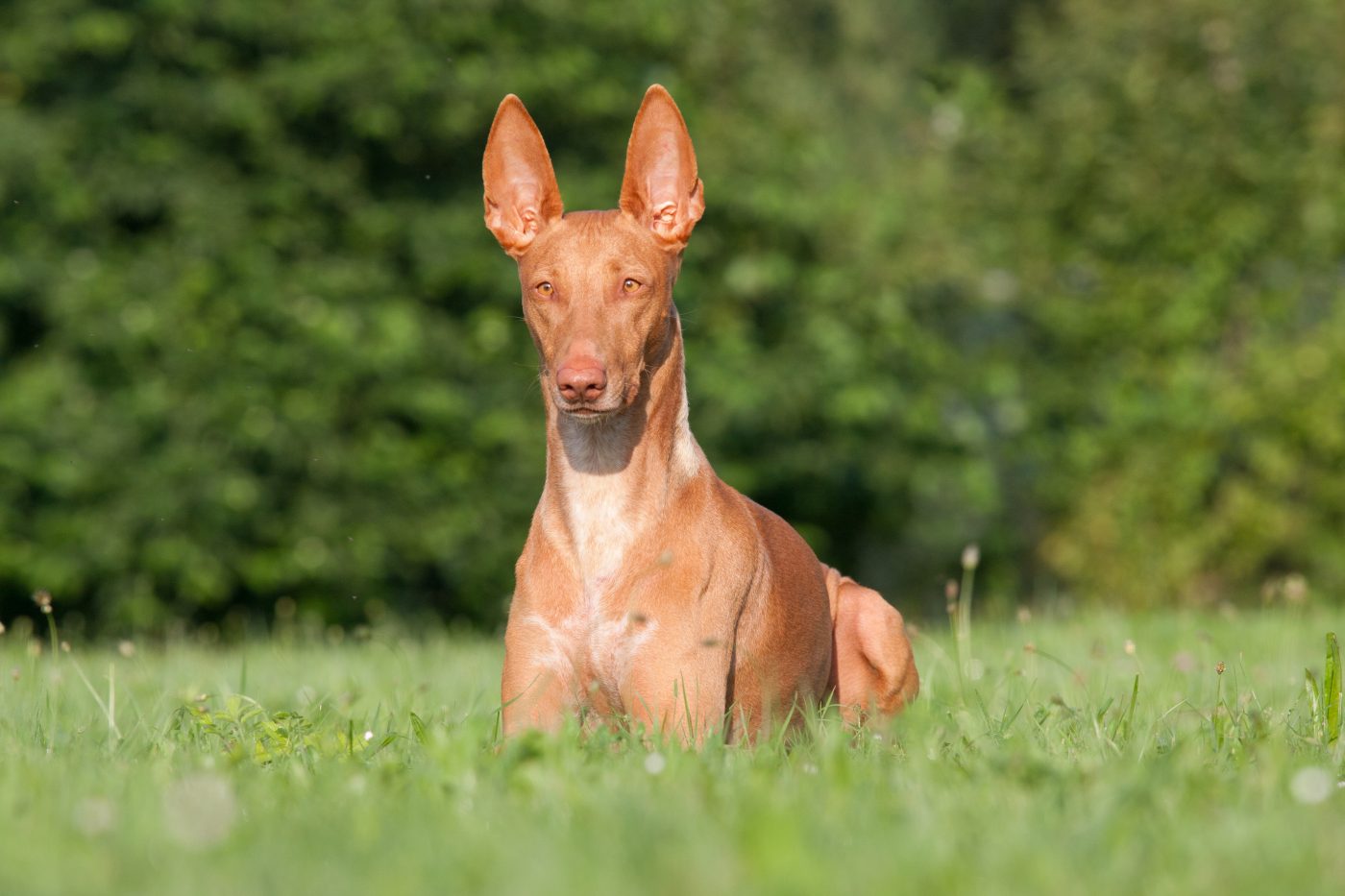
With its ancient roots, the Pharaoh Hound is often associated with the regal lineage of Egypt. Although the breed’s exact origins remain debated, many believe it descends from the dogs kept by Egyptian pharaohs. Known for its sleek, athletic build and striking amber eyes, the Pharaoh Hound was a prized hunting companion for nobles and was often depicted in ancient artwork. Their keen sense of sight and speed made them valuable assets in hunting, while their dignified appearance and calm demeanor earned them a place in royal courts. The Pharaoh Hound remains a symbol of elegance and grace, much like the rulers it once accompanied.
Shih Tzu
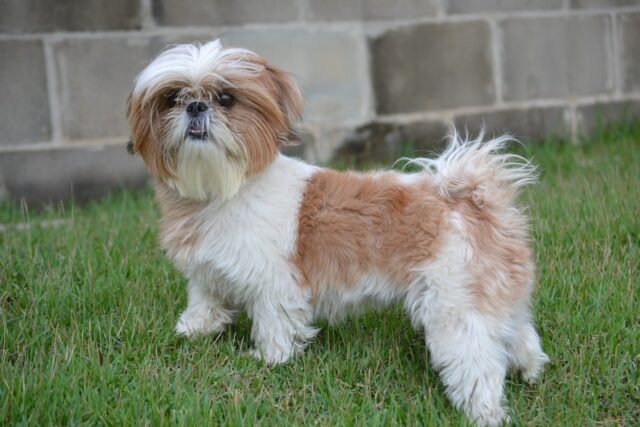
The Shih Tzu, which translates to “Lion Dog” in Chinese, was a beloved companion of Chinese royalty, particularly during the Ming and Qing Dynasties. These small, charming dogs were bred exclusively for the emperor and his family and were kept as palace pets. Shih Tzus were pampered and adored, often carried around by the ladies of the imperial court. Their luxurious coats, affectionate personalities, and regal bearing made them highly sought after in the royal household. The Shih Tzu’s noble origins are still evident in their dignified yet affectionate nature, making them a popular breed among dog lovers worldwide.
A Legacy of Loyalty and Elegance
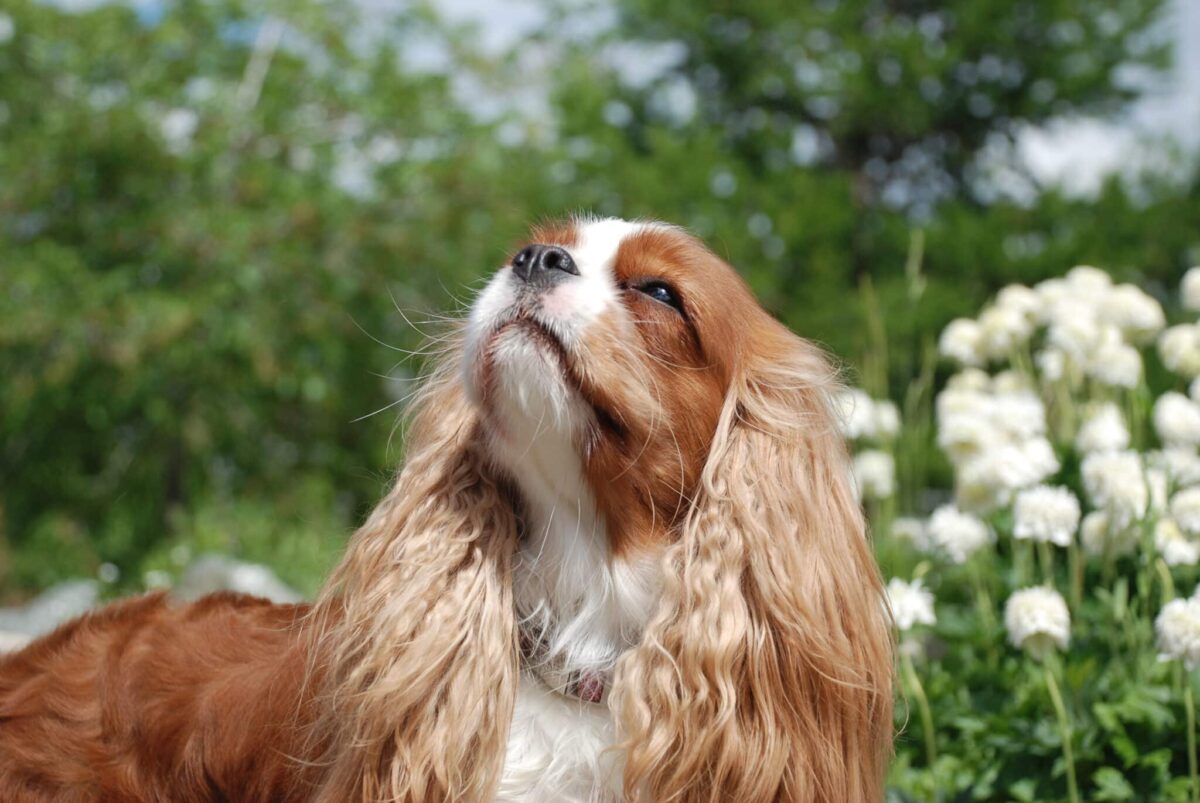
These breeds, long cherished by monarchs and nobles, represent a rich history of loyalty, grace, and sophistication. Their connections to royalty and noble households highlight their dignified temperaments and prestigious backgrounds. From serving as companions and protectors to symbolizing wealth and status, these dogs have maintained a special place in the lives of the elite. Their enduring presence across centuries reminds us of the timeless bond between humans and dogs, a relationship that transcends social classes and continues to be cherished today.
 Toledo, United States.
Toledo, United States.